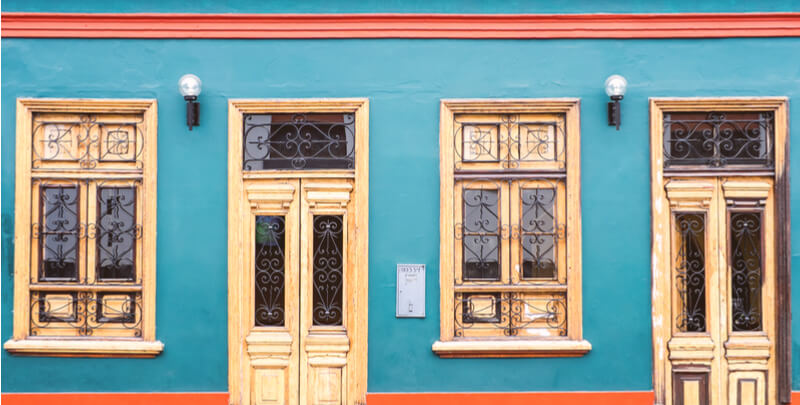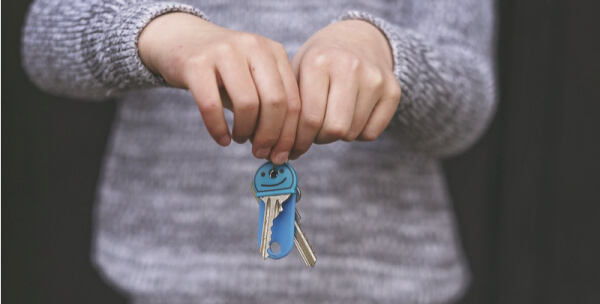Renting in Peru: Everything you need to know
If you’re dreaming of incredible cuisine and stunning natural landscapes, moving to Peru might be right for you. Whether you’d prefer to catch some waves in...

Lima is one of Latin America’s most affordable cities, especially when you take standard of living into consideration. Although prices have increased in the last few years due to an influx of foreigners, it remains an attainable option for those looking to move to South America.
If you want to rent a one bedroom apartment in one of the city’s nicer areas, you’re looking at paying at least $650/month. It may seem expensive, especially compared to other cities in South America, but it’s still considerably less than many North American or even European cities. If you want to live with a roommate to cut costs you might be able to get your rent down to $400/month.
So, how do you get started finding an apartment? This guide will walk you through everything you know about renting a home in Lima.
Lima is a huge city and it can be easy to feel lost amongst its neighborhoods. As a foreigner or expat, however, there are four main neighborhoods where it’s easiest to feel safe and comfortable. They all have reliable access to markets, shops, restaurants and cafes.
Working directly with a landlord is often the best way to get your foot in the door. Many people have success simply by walking around the neighborhoods they want to live in and calling any listings they see. Even if your Spanish is impeccable, it’s a smart idea to find a Peruvian friend to help you work through the apartment process. They’ll be able to tell if you’re getting ripped off or if you’re in a seedy part of town. Be sure to read your contract carefully, as most landlords will expect you, the tenant, to be responsible for any work or repairs that need to be done during your rental period.
Lima has a reputation for dishonest landlords, especially when it comes to renting to foreigners. A common scam is asking tenants for a two month security deposit without the intention of ever giving it back. The best way to resolve an issue like this is to take it to Peruvian court, which is an adventure in and of itself.
Peruvians operate on “feel” a lot - a landlord may not decide to rent to you if you didn’t make a good first impression. You should do the same with landlords. Ask questions, listen to how they respond and try to weed out the ones who feel fishy.
You can expect to pay one month’s rent in advance plus one month’s security deposit when you sign your rental contract. If you’re planning on renting long-term, negotiate! Landlords may break you a deal if you’re staying in a place for a year or more. Most leases don’t require a co-sign. In fact, many landlords accept rent payment in US dollars, and you can withdraw USD from just about any ATM in the city. If you’re paying for rent using an account from another country, useWise to get thereal exchange rate and cut outexpensive international bank transfer fees.
Good luck with your move to Peru!
*Please see terms of use and product availability for your region or visit Wise fees and pricing for the most up to date pricing and fee information.
This publication is provided for general information purposes and does not constitute legal, tax or other professional advice from Wise Payments Limited or its subsidiaries and its affiliates, and it is not intended as a substitute for obtaining advice from a financial advisor or any other professional.
We make no representations, warranties or guarantees, whether expressed or implied, that the content in the publication is accurate, complete or up to date.

If you’re dreaming of incredible cuisine and stunning natural landscapes, moving to Peru might be right for you. Whether you’d prefer to catch some waves in...